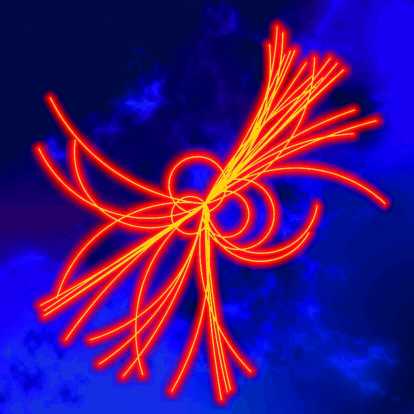

Detector & Physics in Zeuthen for a Linear Collider
Higgs studies
Recoil mass spectrum
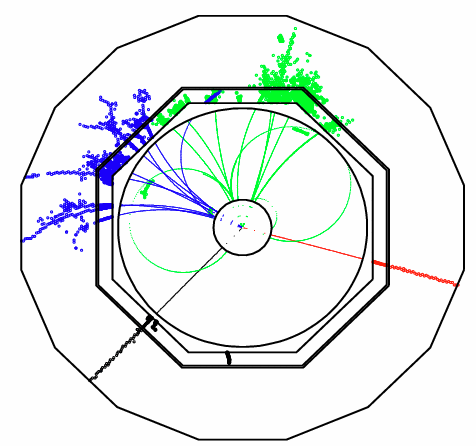
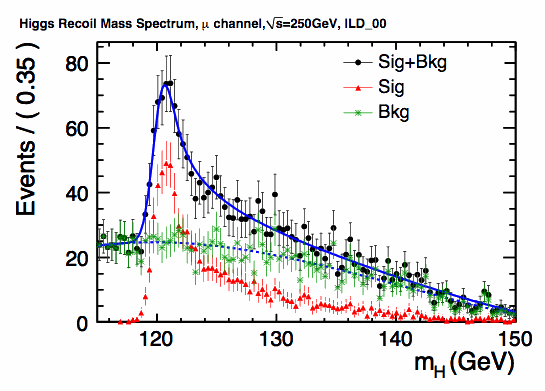
The process e+e-→ZH allows a measurement of the Higgs boson in the recoil mass spectrum against the Z-boson without any assumptions on the Higgs boson decay. Searching for leptonic (e+e-, µ+µ-) Z-boson decays allows a determination of
- the Higgs boson mass and
- the production cross section.
This analysis provides one of the key channels for the optimization of the ILC detector performance.
References
- W. Lohmann, M. Ohlerich, A. Raspereza, A. Schälicke,
Prospects to Measure the Higgs Boson Mass and Cross Section in ee-->ZH Using the Recoil Mass Spectrum,
arXiv:0710.2602 [hep-ex]. - K. Ito et al.,
HZ Recoil Mass and Cross Section Analysis at ILD,
ILD LoI (2009) [http://www.ilcILD.org].
Higgs production at a photon linear collider
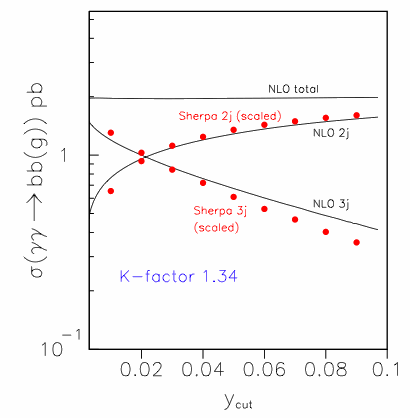
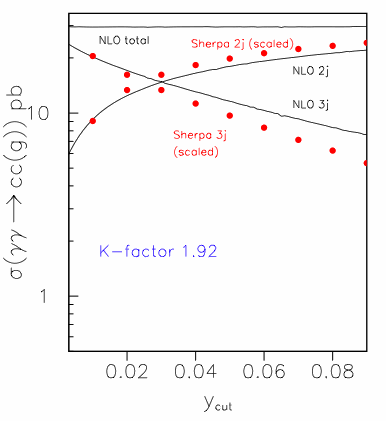
The main backgrounds to an intermediate mass Standard Model Higgs production in photon collisions are the continuum b- and c-quark pair production; the light quarks are very efficiently rejected by the b-tagging. The cross sections of these processes are much higher than the cross sections of the signal, and depend on the polarisation of the colliding photons. Fortunately, when the two photons have the same helicity making the spin of the initial state equal to zero, the cross section in the LO is suppressed by a factor proportional to Mq2/s. However, this suppression is not maintained when a gluon is radiated and the resulting background is still very large compared to the signal. Such processes can mimic the 2-jets topology of the signal when two of the three partons are collinear, or when one of the partons is soft or directed down the beam pipe. Therefore, a reliable prediction of the background implies to consider the NLO QCD corrections.
References
-
K. Mönig and A. Rosca,
Towards a measurement of the two-photon decay width of the Higgs boson at a photon collider,
Eur. Phys. J. C 57 (2008) 535 [arXiv:0705.1259 [hep-ph]]. -
K. Mönig and A. Rosca,
QCD studies for the Higgs production at a photon linear collider,
Acta Phys. Polon. B 37 (2006) 1181.